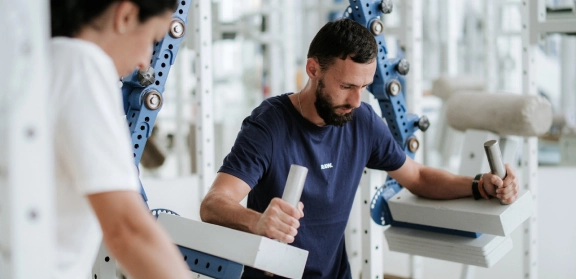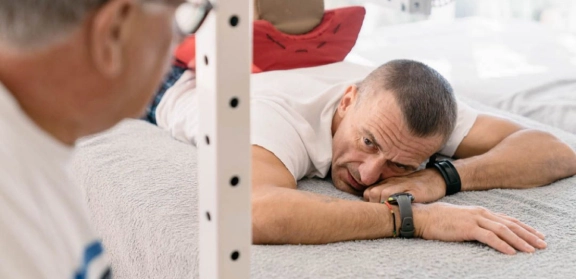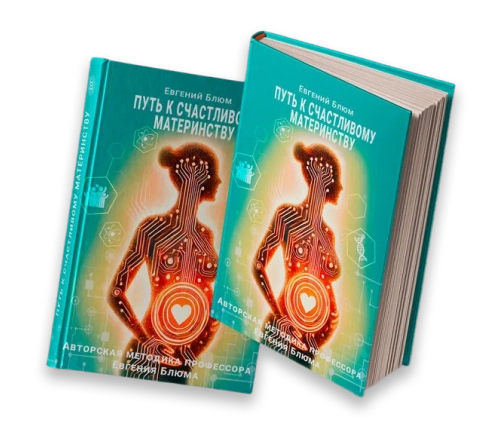Musculoskeletal Disorders
Proprietary method
The locomotor system consists of bones, ligaments, tendons, cartilage, muscles, fascia, as well as blood and lymphatic vessels, and nerve formations that support them. Disruption of any of these functions leads to serious disorders, which can only be eliminated by addressing the root cause. This is the main advantage of treating locomotor diseases at Professor Blum’s Centre – a patented proprietary diagnostic system that identifies the root cause, mechanism, and degree of pathological changes in each of the macro-blocks:
- Tissue architecture disruption
- Displacement of the affected segment or organ
- Disruption of blood supply, venous outflow, lymph circulation
- Neurotrophic and neurodynamic disruption
- Decreased energy resource of the affected segment or organ
- Functional disruption
At the age of 20, the growth, development, and maturation of organs and tissues—primary formogenesis and morphogenesis—are completed, but secondary formogenesis and morphogenesis never end, even in mature and old age. Professor Blum’s method allows for the management of natural processes of renewal, integration, and healing that constantly occur in the body. To achieve this, a series of necessary conditions are created:
- External physical impact providing external energy donation through biomechanical fascial-muscular-joint adapters.
- Precise targeting of external eccentric and fascial-muscular stimulation on the weak biomechanical links of the locomotor system to optimise postural muscle-joint and fascial-ligament-capsule balance.
- An environment of special training equipment and exercises that triggers a pendulum cascade-wave biomechanical process, to which the body responds according to an individually planned algorithm.
- Load planning and dosing exclusively on the weak links of the reciprocal biomechanical chain, avoiding any overloads. As the first positive results are obtained, the program is adjusted for continuous improvement.
- Activation of the body's natural mechanisms of secondary formogenesis and morphogenesis, slowing down age-related degenerative-dystrophic processes.
Professor Blum’s proprietary rehabilitation strategy is based on function restoration as a result of optimising all macro blocks of the body. This allows our patients not just to alleviate symptoms but to achieve the maximum possible results and fundamentally restore lost functions.
The Centre uses unique rehabilitation modular exercise machines that selectively impact target areas of the locomotor system, creating optimal conditions for recovery. Controlled, dosed, precisely directed load allows gradual and confident elimination of pain and restoration of movement. A comprehensive individual program is developed for each patient, implemented under the personal supervision of Professor Blum.
Locomotor disorders we work with:
- Deformations of the locomotor system: scoliosis, kyphosis, hyperlordosis, chest deformities, posture disorders, neck hump, X-shaped legs, O-shaped legs, valgus and varus foot deformities, flat feet.
- Degenerative-dystrophic diseases: osteochondrosis, spondylosis, osteoporosis, coxarthrosis, herniated/protruded discs, spinal canal stenosis, connective tissue dysplasia.
- Inflammatory diseases: rheumatoid arthritis/polyarthritis, osteomyelitis, spondyloarthritis, ankylosing spondylitis.
- Congenital or genetic pathologies: cerebral palsy, congenital hip dislocation, Erb’s palsy, bone shortening and underdevelopment, clubfoot, joint dysplasia, bone and joint deformities, torticollis, arthrogryposis, intrauterine and birth injuries.
- Injuries and their consequences: habitual dislocation/subluxation, ankylosis/ankylosing spondylitis, post-traumatic arthritis, non-union fractures of the spine/joints, osteoarthritis, synovitis, neuritis.
The goal of restorative treatment is to eliminate pain and mobility limitations, deformations and displacements, inflammatory and destructive processes, restore natural biomechanics of movement, functions, and abilities as a result of coordinated work of the whole body.
-
Pain
relief -
Maximum restoration
of movement
function -
Restoration of mobility
and physiological
amplitudes -
Restoration
of disrupted form
and geometry -
Elimination
of displacements
and deformations
Objectives of the program
-
Eliminate painRestore tissue architecture, anatomical and biomechanical integrity, activate metabolic processes in bones, ligaments, discs, muscles, menisci, capsules, and tendons.
-
Restore body geometryEliminate deformations, displacements, asymmetries, restore correct body geometry, movement amplitude and strength, mobility, and stability of the segments of the locomotor system.
-
Return to full lifeRestore movement and return the person to a full life without limitations.
Professor Blum’s method allows for the management of natural processes of renewal, integration, and healing that constantly occur in the body.
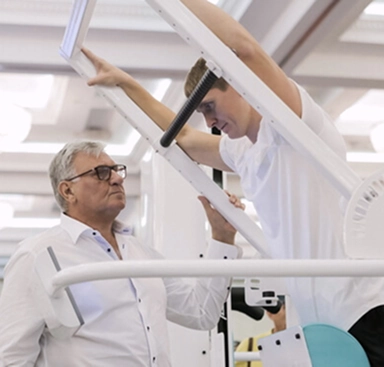
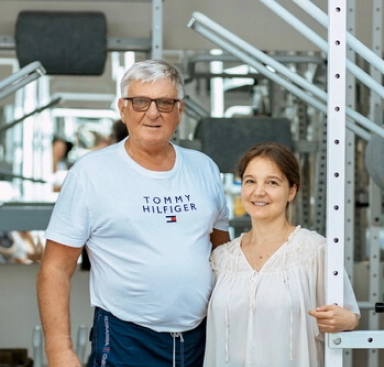
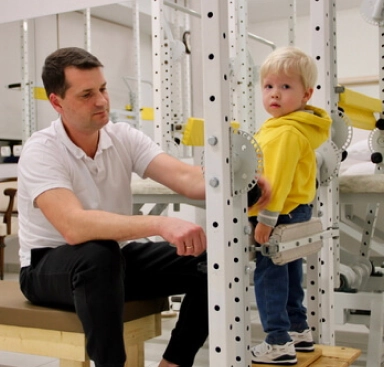
Patient stories
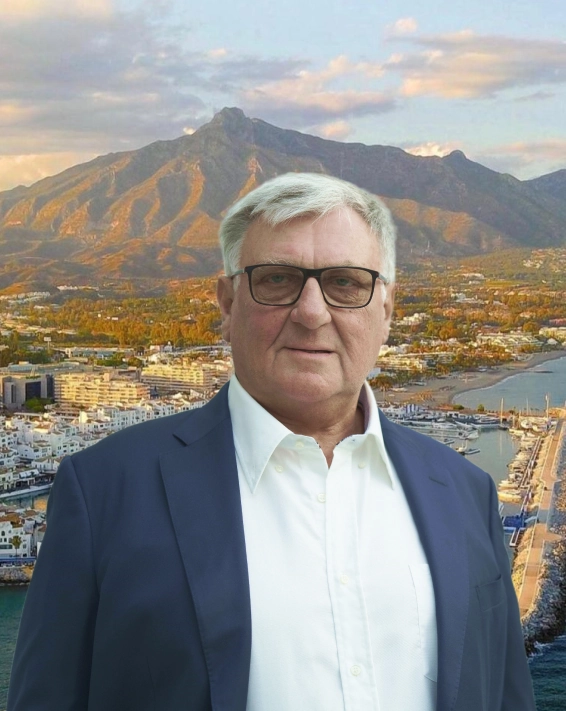
Professor Blum’s Exclusive Rehabilitation System

For Your Convenience, the Sierra Blanca Resort Spa Hotel is Open on the Center’s Premises. The hotel is nestled in a cedar park at the foot of La Concha Mountain, offering stunning views of the sea, Gibraltar, and the African coast from its terrace.

Sierra Blanca Resort Spa Includes:
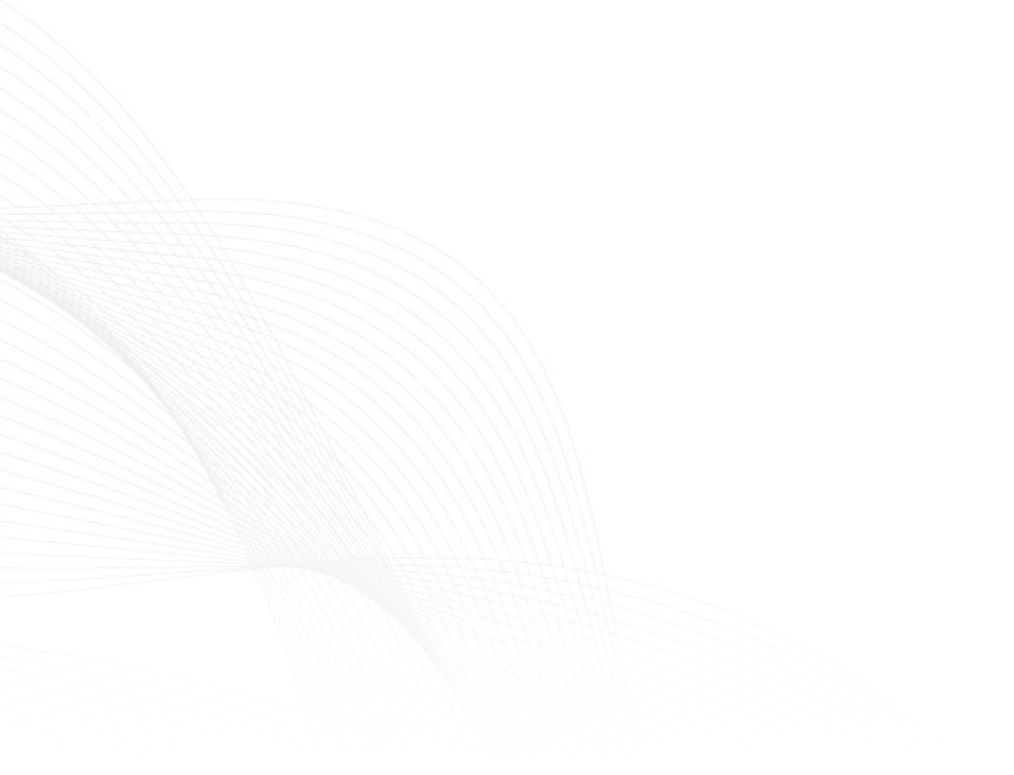
Select a program
- Inflammatory diseases of the locomotor system
- Degenerative-dystrophic disorders
- Deformations, misalignments, asymmetries - scoliosis, kyphosis, lordosis
- Congenital disorders, consequences of birth injuries
Q&A
We accept patients of any age, including children from the first days of life.
Our Centre accepts patients 365 days a year, without holidays. To schedule a consultation, contact us using the phone numbers listed in the contacts.
Yes, in some cases, relatives come to the Centre, meet with Professor Blum, discuss all questions, visit the hotel, inspect the accommodation conditions to prepare as much as possible for the patient's transfer from the hospital directly to us.
The cost of rehabilitation is 600 euros per day without accommodation, from 719 euros per day with accommodation in a standard double room at the hotel on the Centre’s premises. The exact duration and cost of the treatment course are determined after consultation with the doctor.
The post-traumatic rehabilitation process is divided into several stages:
- Specialist consultation.
Online consultation with a rehabilitation therapist: review of medical history, complaints, treatment results, determination of the duration and cost of the treatment course. If necessary, a plan for additional examination is developed. -
Determination of the rehabilitation plan.
Consultation with Professor Blum and a rehabilitation therapist.
Examination, biomechanical testing, diagnosis according to the proprietary system, determination of problems and their priority, development of an individual comprehensive rehabilitation program. -
Attendance at sessions.
In accordance with the developed program, the patient attends sessions at the Centre. The rehabilitation therapist evaluates the progress and adjusts the program. -
Finishing the treatment course.
Receiving recommendations and a set of exercises to do at home.
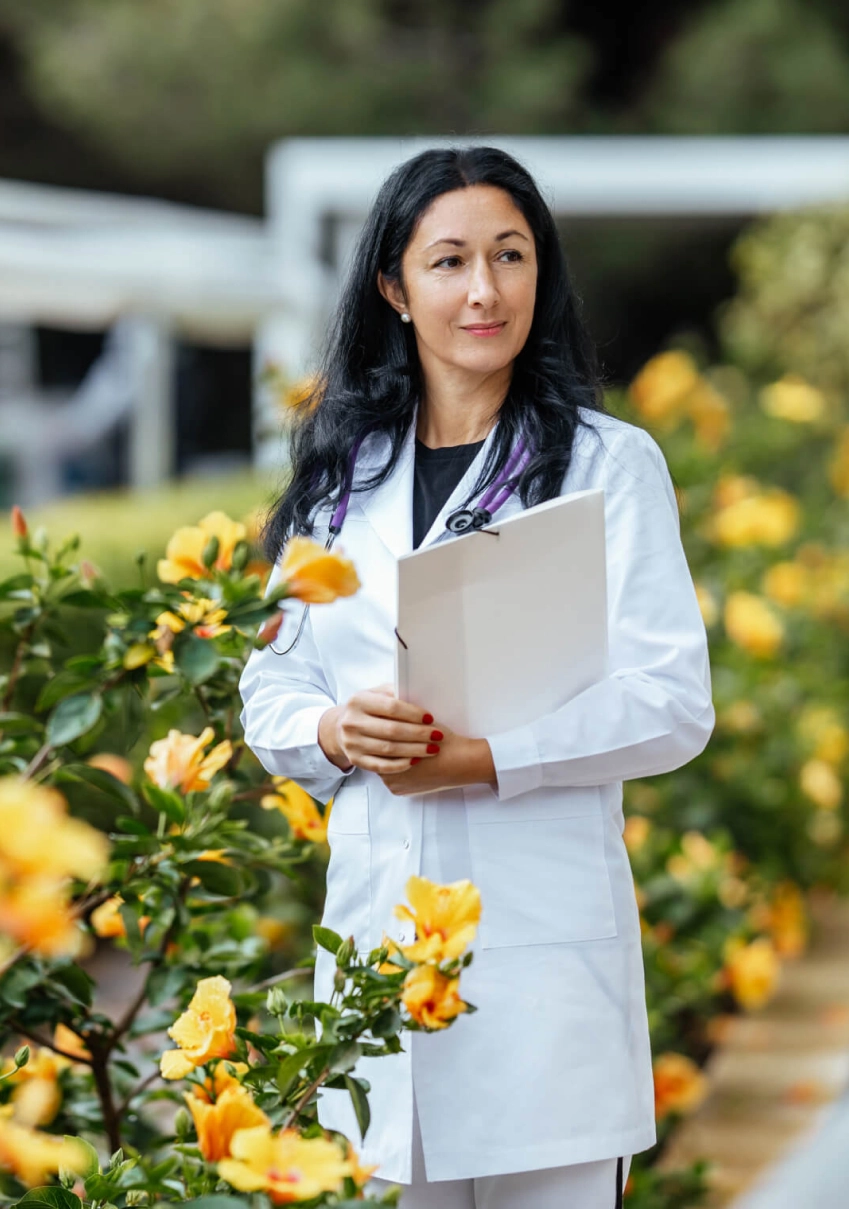
The cost of a course of treatment with a stay in a hotel
- Appointments and consultations
- Creating an individual program
- Conducting personal sessions
- Appointments and consultations
- Creating an individual program
- Conducting personal sessions
Other areas of work of our Center
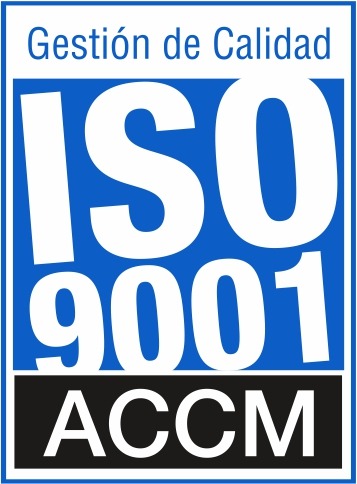






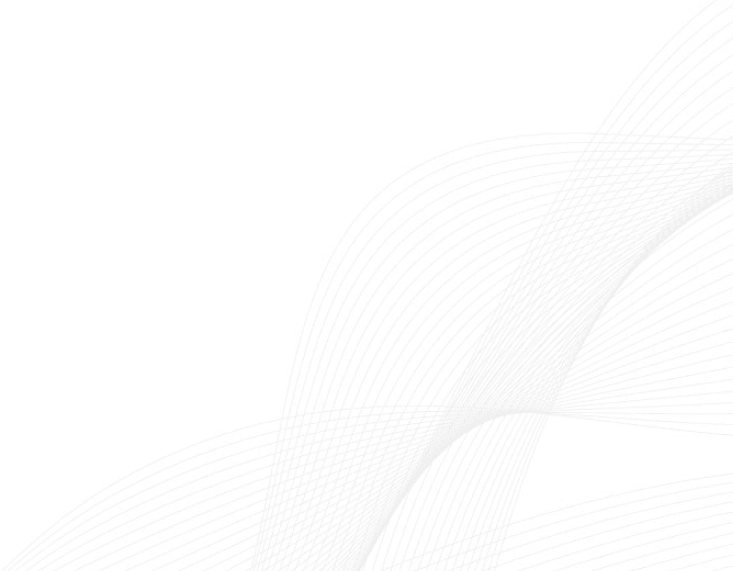
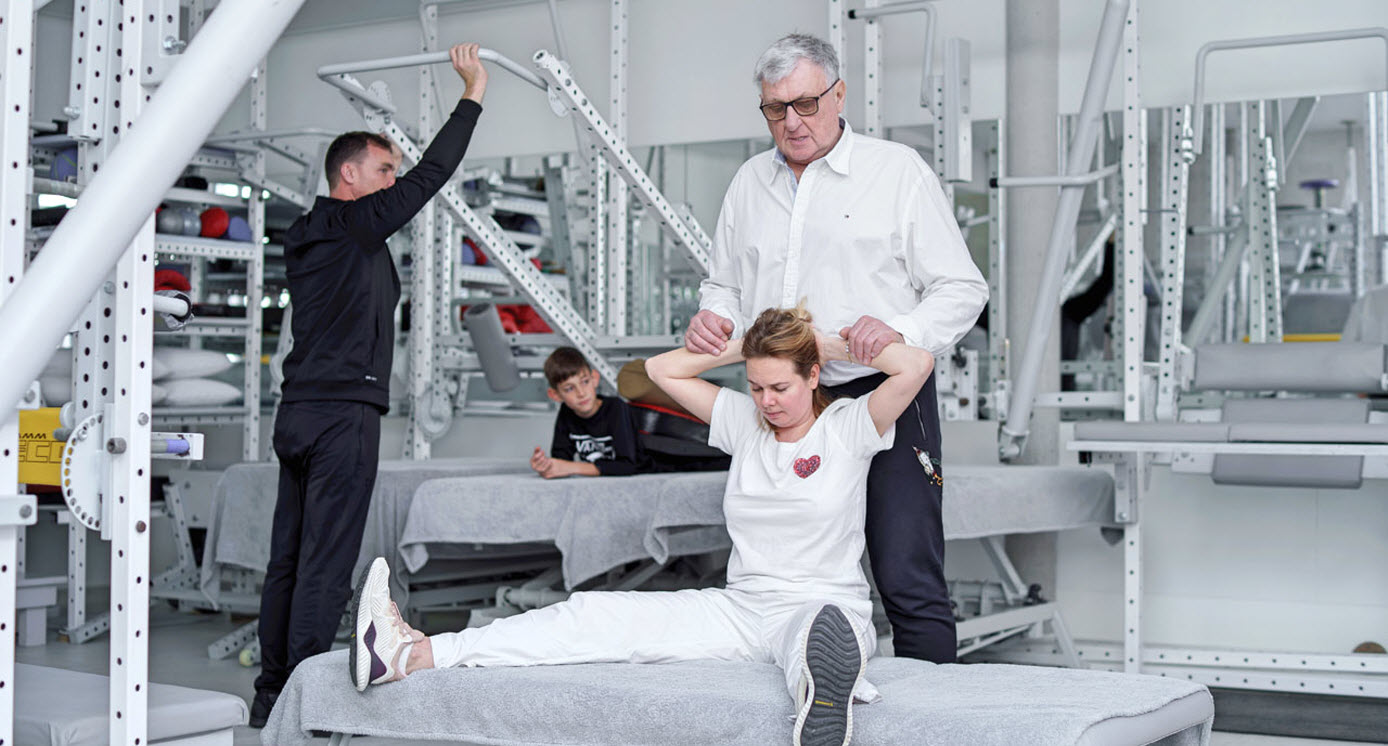





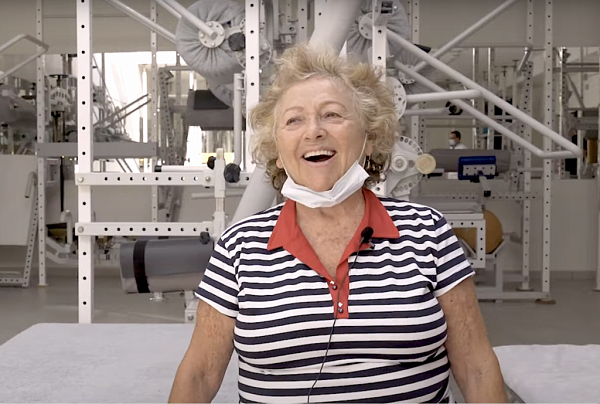




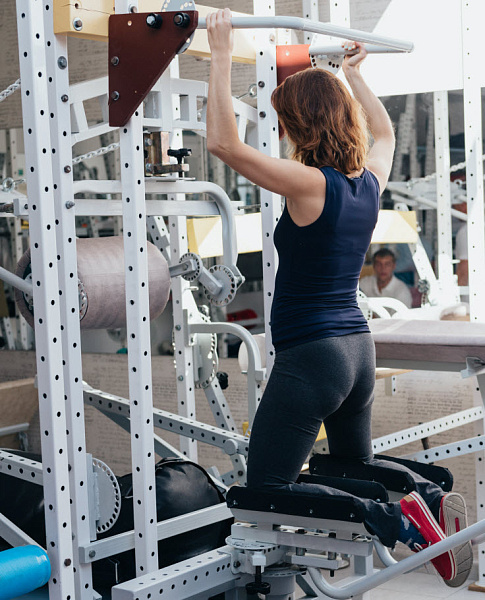

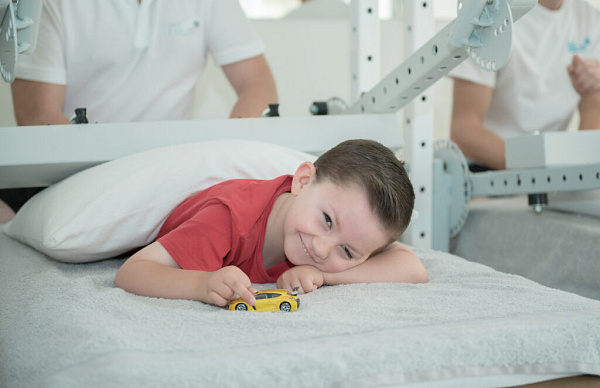


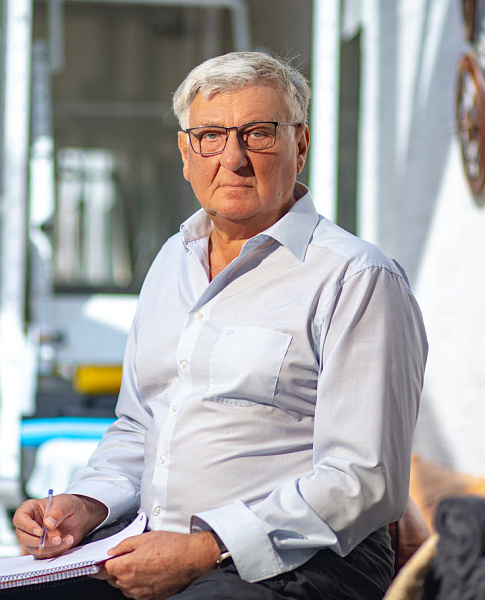
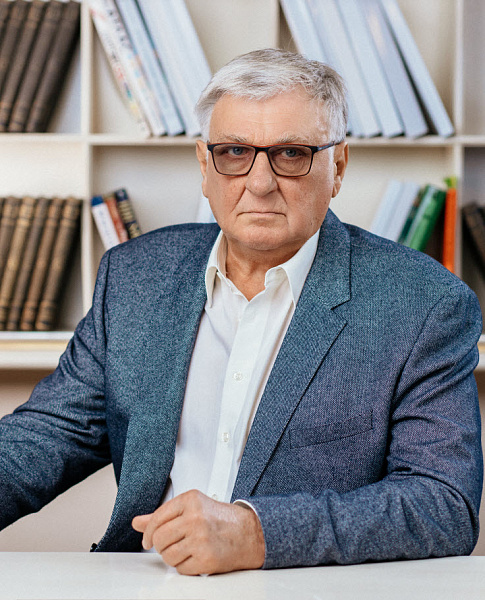

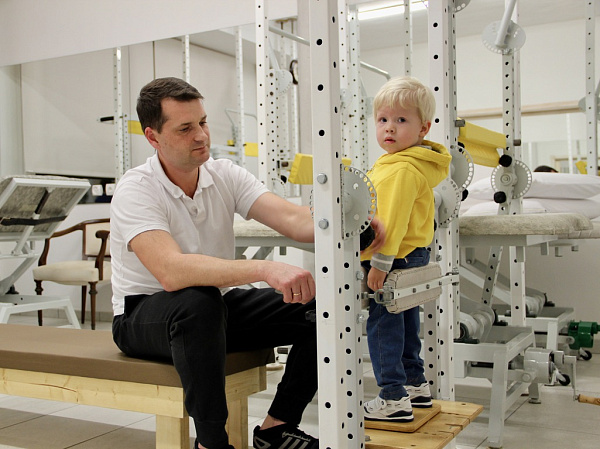
.webp)
